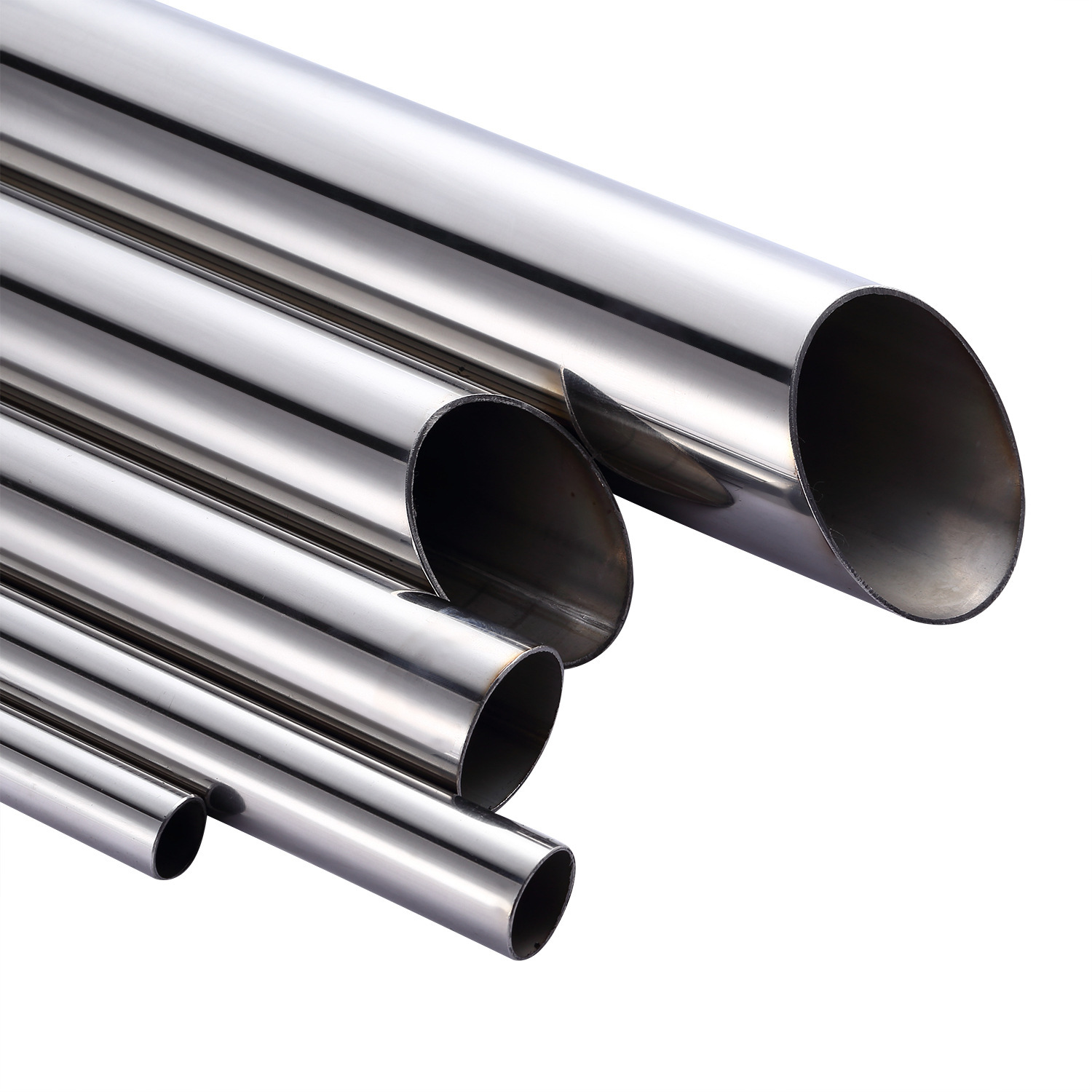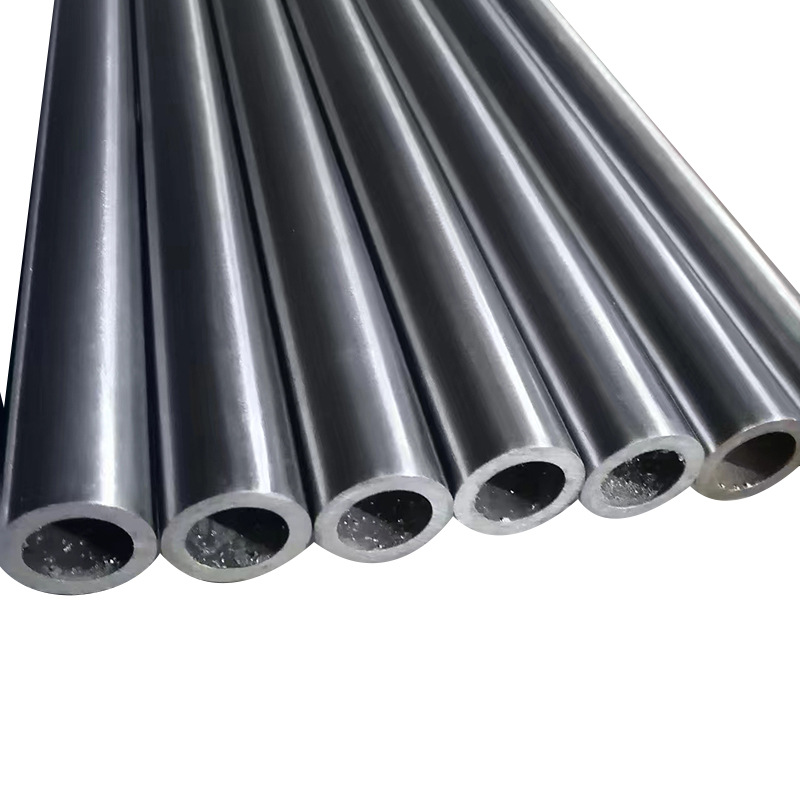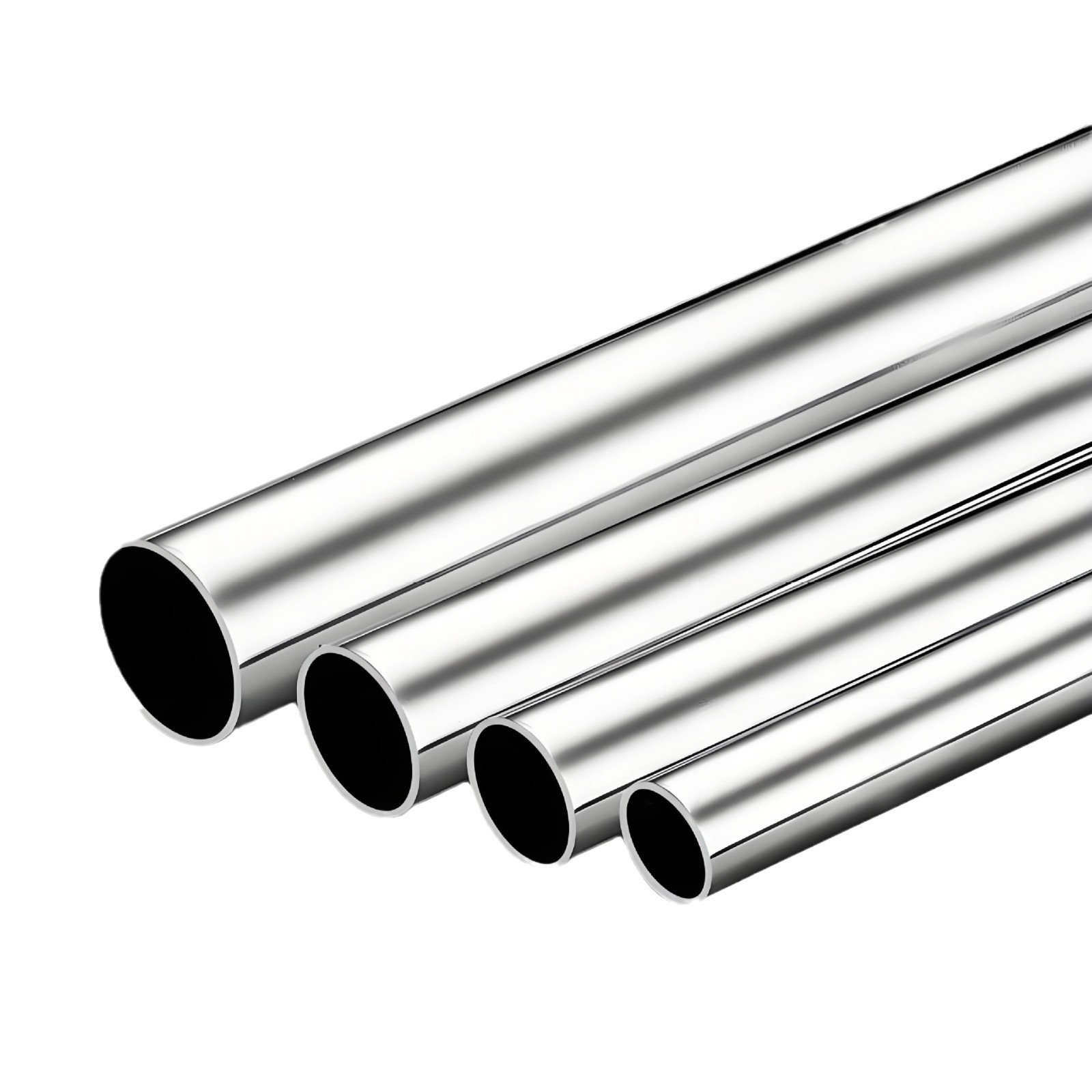Stainless steel pipe is a hollow, elongated circular steel material with characteristics such as corrosion resistance, high temperature resistance, and low temperature resistance. It is widely used in industrial transportation pipelines and mechanical structural components such as petroleum, chemical, medical, food, light industry, and mechanical instruments. According to the different materials, stainless steel pipes can be divided into austenitic stainless steel, ferritic stainless steel, martensitic stainless steel, duplex stainless steel, and precipitation hardening stainless steel. In addition, stainless steel pipes can be divided into two categories based on their production methods: seamless pipes and welded pipes. They can also be classified into round pipes and irregular pipes based on their cross-sectional shape

Understanding Stainless Steel pipe
Seamless stainless steel pipe:
Manufacturing process: Made through processes such as piercing round steel billets, hot rolling or cold drawing/cold rolling, with no weld seams on the pipe body.
characteristic:
High pressure bearing capacity and uniform strength.
The wall thickness is usually more uniform.
Suitable for harsh environments such as high pressure, high temperature, high stress, and strong corrosion (such as petrochemicals, boilers, heat exchangers, hydraulic systems).
The price is usually higher than that of welded pipes.
The specification range is relatively limited, especially in terms of ultra large diameter and ultra-thin wall thickness.
Welding stainless steel pipes:
Manufacturing process: Stainless steel plates/coils (strips) are rolled into tubes through different forming methods (such as roll bending, extrusion forming), and then welded together using welding techniques (commonly TIG welding, plasma welding, laser welding, high-frequency welding, etc.).
characteristic:
High production efficiency and usually lower cost than seamless pipes.
Can produce large-diameter, thin-walled and thick pipes.
High dimensional accuracy and good surface quality (the weld bead can be processed smoothly).
Widely used in low-pressure fluid transportation, structural support, decoration, mechanical components and other fields.
The welding area is its relatively weak link, and there may be performance changes or potential defects in the heat affected zone.
Surface Treatment
Original surface: The surface after hot rolling or heat treatment may have oxide scale.
Acid washing: Remove oxide scale and weld bead, resulting in a uniform matte gray white color. Improve corrosion resistance.
Passivation: Chemical treatment enhances the surface chromium oxide film, further improving corrosion resistance (often performed after acid washing).
Mechanical polishing: Obtaining surfaces with different levels of smoothness (such as brushed, matte, glossy).
Electrolytic polishing: Obtain high brightness, mirror effect, and further improve corrosion resistance (remove surface micro protrusions).
Bright annealing: Heat treatment is carried out under a protective atmosphere to obtain a bright surface without the need for acid washing.
Benefits of Stainless Steel pipe
Excellent corrosion resistance (core advantage)
high strength
Good formability and weldability (especially austenitic steel)
Beautiful and diverse (various surface treatments)
Good hygiene performance (easy to clean, sterile)
Good high/low temperature resistance
Long lifespan and low maintenance costs (the total lifecycle cost may be lower)
Environmentally friendly (100% recyclable)
Applications of Stainless Steel pipe
Fluid transportation: pipelines in petroleum, chemical, food and beverage, pharmaceutical, water treatment (drinking water, purified water), heating, and refrigeration systems (pressure resistant, corrosion-resistant, hygienic).
Structural uses: Building structures (handrails, trusses, curtain wall keels), mechanical frames, equipment supports (high strength, aesthetic, weather resistant).
Heat exchangers: boiler tubes, condenser tubes, evaporator tubes (high temperature resistant, corrosion-resistant, thermally conductive).
Decoration and architecture: railings, handrails, door and window frames, furniture, lighting fixtures, sculptures (beautiful, durable, easy to clean).
Automotive industry: exhaust system (muffler, exhaust pipe), fuel pipe, decorative parts (high temperature resistance, corrosion resistance).
Medical devices: surgical instruments, implants (requiring high biocompatibility such as 316L), medical gas pipelines (high cleanliness, resistant to disinfection).
Food processing: equipment, pipelines, containers (hygienic, corrosion-resistant, easy to clean).
Semiconductors and Electronics: High Purity Gas and Chemical Pipeline (High Cleanliness Requirements).
Conclusion
In summary, stainless steel pipes have become an indispensable material in modern industry and life due to their excellent corrosion resistance, strength, and hygiene performance. Choosing the appropriate type, grade, specification, and surface treatment, and correctly processing and installing them, can fully leverage their advantages and ensure long-term reliable use



Post time: Jul-30-2025

